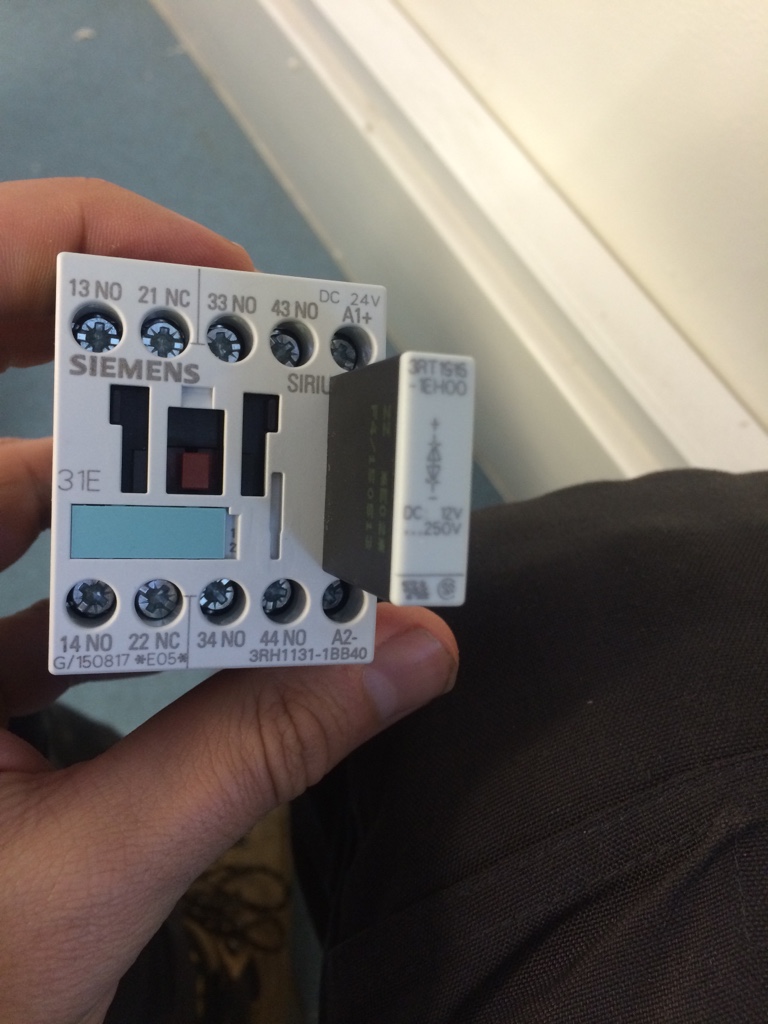S
Shaun12
When looking at contactors, does the coil voltage refer to auxiliary a1/a2 such as 24v supplied from a plc output and contact voltage rating refers to the feed/load being switched? If a contactor is rated to 690v/3-pole could it be used for 415v/3pole or 230v single pole?


 (Excluding solid state device before I get a smart comment
(Excluding solid state device before I get a smart comment  )
)







